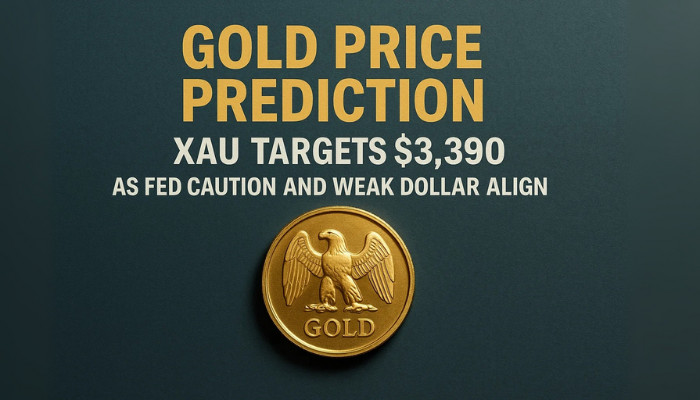Oil prices close lower as focus shifts to tensions in the Middle East.
We are witnessing the evaporation of the geopolitical risk premium.

The International Energy Agency (IEA) maintained its global oil demand growth forecast for 2024 but cut its estimate for 2025, citing the impact of weak Chinese consumption on economic growth.

Brent and U.S. crude futures fell on Tuesday, as markets perceived a lower risk of a broader war in the Middle East, given that Iran had not followed through on its threats to retaliate against Israel for the assassination of a Hamas official in Tehran.
Brent crude futures lost $1.61, or 1.96%, to settle at $80.69 per barrel, while U.S. West Texas Intermediate (WTI) crude fell $1.71, or 2.14%, to $78.35 per barrel. Markets had priced in an imminent Iranian attack on Israel within 24 to 48 hours. That has not happened, and the market is now removing that risk premium from crude prices.
Brent had risen over 3% on Monday after hitting a seven-month low of $76.30 the previous week.
The Organization of the Petroleum Exporting Countries (OPEC) cut its demand forecast for 2024 on Monday, despite the group’s and its allies’ (OPEC+) plans to increase production starting in October.
On Tuesday, the IEA held steady its global oil demand growth forecast for 2024 but reduced its estimate for 2025, again citing the impact of weak Chinese consumption on economic growth.
An escalation of the conflict in the Middle East could threaten crude supply from one of the world’s major producing regions, but a broader war seemed less likely as Iran suggested that the resumption of ceasefire talks with Hamas might prevent retaliatory actions.
We are witnessing the evaporation of the geopolitical risk premium.
- Check out our free forex signals
- Follow the top economic events on FX Leaders economic calendar
- Trade better, discover more Forex Trading Strategies
- Open a FREE Trading Account


